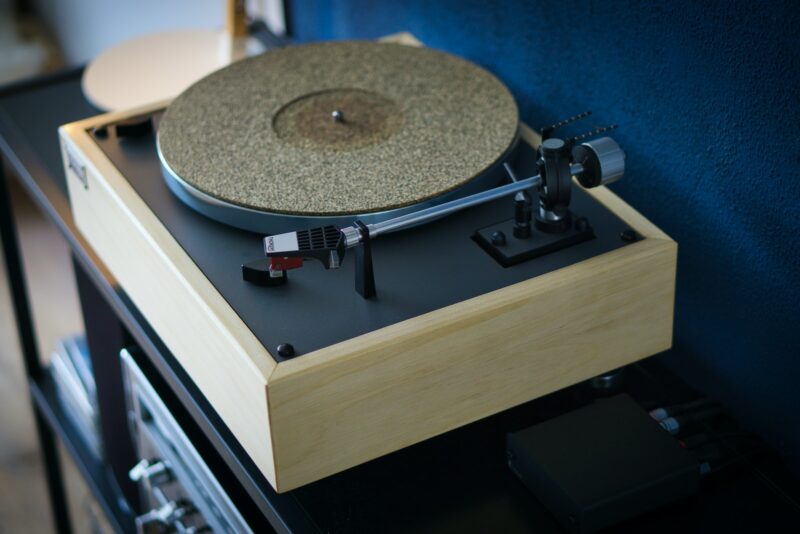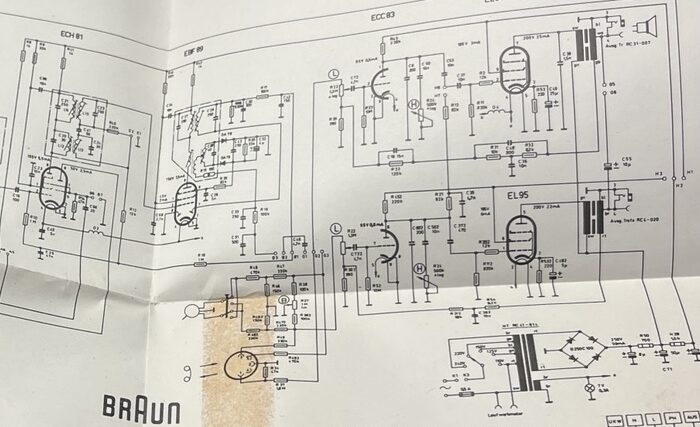Ken Reindel September 19, 2019
During our recent presentation at RMAF in Aurora, CO., we received several questions about blocking mains power DC from reaching audio equipment. Why is this important? After all, don’t audio equipment power supplies process the AC part of the input power waveform?
DC (direct current) is the absolute enemy of power transformers. A vast majority of audio equipment (particularly high-end audio equipment) has an input power transformer. Any reasonably efficient power transformer is going to have high magnetic mu in order to minimize size and optimize primary to secondary coupling. DC will cause the B-H curve of the transformer core to shift off in a particular direction, which causes the transformer to approach saturation. Saturation can manifest itself through audible noise (literally, the transformer will buzz very loudly) or, if the DC is high enough, it can even blow fuses. With all this, voltages within the equipment will be adversely affected, causing audible side effects.
For clarity, power transformers are designed for AC (alternating current), meaning the power signal changes polarity at a minimum rate, referred to as frequency. If this power signal is not alternating in polarity (in other words, DC), it overtakes the magnetics of the transformer, which causes big problems.
Traditionally, devices for removing DC have used diodes in series with the line, along with very large low-voltage capacitors across these diodes to minimize introduction of crossover distortion in the waveform due to the diode drop. All this works great as long as the DC voltage is less than the sum of all diode voltage drops, perhaps a few volts or so. But what happens if the DC term exceeds this?
The answer is, the DC-related issues return. Sometimes eliminating the DC by these methods is enough to help things. But with modern appliances using more advanced electronics, high energy-consuming devices (believe it or not, even high wattage hair dryers) might create scenarios where the DC voltage exceeds these levels by a sufficient magnitude to cause problems.
Where does this DC come from? Imagine a sine waveform in which one cycle is truncated by sudden application of a load (such as a refrigerator or hair dryer turning on somewhere in the residence). This can create a DC offset. There are other ways it can be introduced, but this model serves as a good representation of what could happen, especially in homes with ring wiring or long wire lengths between the mains panel and the receptacle where your audio equipment is plugged in.
It is believed that this DC issue is likely to get worse as more hungry appliances come on line and we become more and more dependent on power from the mains. Granted, many appliances have improved in the average energy they consume, but sometimes this happens at the expense of peak energy consumption. Even modern clothes irons will dim the lights as they cycle on and off!
It is also believed that DC offsets can have detrimental effects on turntable motors. This is still being studied, but motor hum and increased level of heat are two concerns.
In addition to stabilizing voltage and frequency, all KCC Scientific products will “consume” DC. In other words, you can add huge levels of DC to the mains and KCC Scientific products won’t mind a bit. That’s because of the PFC power supplies used on the mains input side, which are capable of turning this DC into useful energy. There will be no coupling between this DC and the AC output that powers your audio equipment–none! It’s a major advantage to our Mains Reconstruction methodology.
Another interesting advantage of using KCC Scientific Voltage and Frequency Converters. They thoroughly remove AC mains power issues from your audio experience for good!







